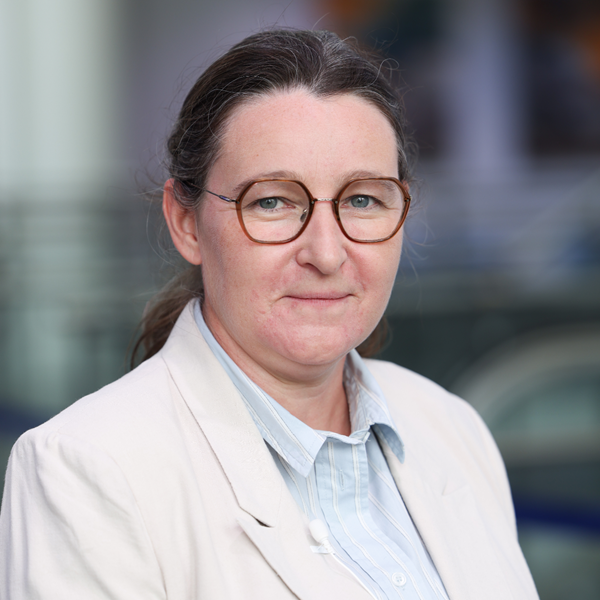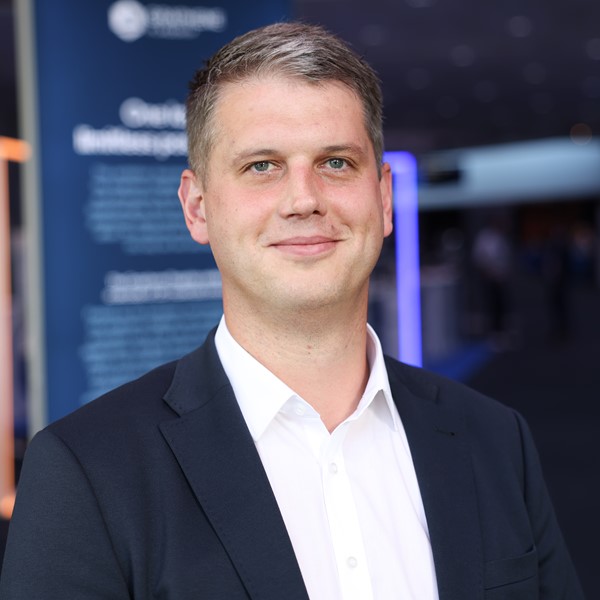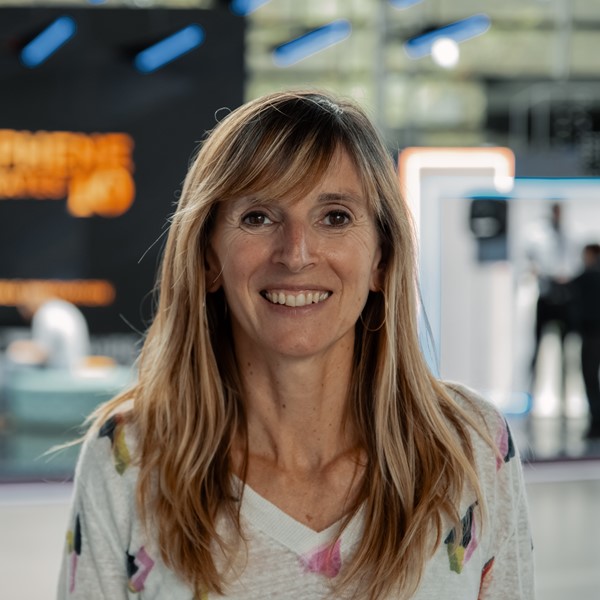Pioneering 2D Materials for Semiconductor Industry
- Brussels, Belgium
- 11-12 June 2024
2D-EPL Symposium
This free, lunch-to-lunch event will celebrate the 2D Experimental Pilot Line (2D-EPL) results and its progress towards creating an ecosystem for 2D materials integration in semiconductors for electronics, photonics, sensors and biomedical devices. The symposium will focus on photonics and biomedical applications and the benefits and challenges of industrial uptake for these technologies.
Symposium Chairs
Lunch
Keynotes
Peter Bøggild, Technical University of Denmark, Denmark
The 2D materials reproducibility gap: can it be closed?
The last two decades have seen remarkable progress in 2D materials research, yet technological adoption has been slower. One reason may be the difficulty in reproducing published studies, creating a gap between research and technology transfer. This "reproducibility gap" hinders further development, and this talk will examine the causes and offer solutions.
Hyeon-Jin Shin, GIST, South Korea
2D materials design for next-generation electronic devices
As our lifestyle changes, data created exponentially and continuously increases. In order to cope with the enormous amount of data being generated, future electronic devices are considering miniaturising current Si devices for the angstrom era and introducing 3D stacked device architectures and new functional devices. In this talk, I will introduce 2D materials design and integration properties for next-generation logic devices.
2D-EPL project update: from process enablement to integration development for pilot line services
Inge Asselberghs, 2D-EPL Technical Leader, imec
Amaia Zurutuza, Graphenea
Mindaugas Lukosius, IHP
Gordon Rinke, AMO
Miika Soikkeli, VTT
Coffee Break
Innovation Forum
Kari Hjelt, Chalmers Industriteknik, Sweden
Introduction
Sanna Arpiainen, Infineon, Germany
Industrialization aspects of 2D materials in IDM landscape
Over several decades, silicon platforms have been able to fulfill the increasing demands through new innovations and by merging alternative material solutions with e.g. epitaxial methods. To make 2D materials part of the platform, development of the reliability, integration yield and maturity are essential. This talk will address the requirements and prospects from the point of view of large-scale IDM, with a focus on sensing.
Muralikrishna Sathyamurthy, X-FAB, Germany
Potential and challenges for graphene integration - from the silicon foundry perspective
The talk will focus on capabilities from X-FAB related to Graphene technology and potential business opportunities in the field of sensors and photonics activities. In addition, it will deal will with the challenges related to integration of graphene from a foundry perspective (Monolithic and Heterogenous Integration).
Harm Knoops, Oxford Instruments, United Kingdom
Low-damage, high-quality dielectrics on 2D materials by plasma ALD
A key challenge in realising 2D materials’ potential in emerging devices is the development of scalable, high-quality integration of dielectric materials as functional layers and encapsulation. We describe a novel method to deposit high-κ dielectrics on 2D materials through an in-situ-prepared protective seed-layer using remote plasma ALD.
Natasha Conway, Paragraf, United Kingdom
Scaling the production of high-quality graphene devices for sensing applications
Paragraf is the first company in the world to mass produce graphene-based electronic devices using standard semiconductor processes. This talk gives an overview of Paragraf's journey, from the growth of graphene to processing into final devices, enabling industry-ready magnetic and molecular sensing products for a range of applications.
Cedric Huyghebaert, Black Semiconductor, Germany
Networking mingle
Biomedical applications
Alexey Tarasov, MUNASET Project Coordinator, Germany
Graphene biosensors for applications in diagnostics and therapy response monitoring
This talk will provide an overview of recent research on graphene biosensors with optical and electrical readout for biomedical applications with a focus on surface modification and assay development.
Jose Garrido, ICN2, InBrain, Spain
Challenges of graphene-based neurotechnology in implantable medical applications.
This presentation will provide an overview of the use of graphene-based technologies to enable efficient bidirectional communication with the nervous system. In the presentation, I will examine opportunities and challenges of graphene-based neurotechnology in neuroscience and implantable medical applications.
Axel Fanget, Melexis, Switzerland
Graphene-based biomedical technologies
Coffee Break
Photonics applications
Thomas Van Vaerenbergh, Hewlett Packard Enterprise, Belgium
Are recent advances in integrated photonics and 2D materials paving the way towards an optical computing advantage?
Given the fast increases in computational requirements for AI workloads, which demand tremendous energy-efficiency and throughput enhancements during the next decade, alternative ways to compute are getting traction again. In this talk, we will first give an update on the recent progress in the field of optical computing that is trying to address this need, and we will highlight remaining challenges and best practices when studying novel hardware proposals based on emerging material platforms using Graphene-on-SiN.
Alberto Montanaro, CNIT, Italy
Integrating Graphene Photonic ICs with electronics for Next-Gen 6G Sub-THz wireless connectivity
Optoelectronics allows the scale up of wireless link frequencies to >100GHz. This can be achieved using graphene photonics, which also enables the up/down conversion of Gb/s data streams within the sub-THz range using devices with unprecedentedly small footprints. In this talk we present the GraPh-X project which aims to integrate high performance integrated graphene devices together with amplifying electronics to realise transmitters and receivers for next-generation 6G wireless links in the D-Band (110 – 170 GHz).
Stephan Suckow, AMO, Germany
2D materials for opto-electronic applications - a very versatile combination
This talk gives an overview of how to make very different waveguide-integrated devices like heaters, photodetectors, modulators or light emitters from rather similar structures.
Yujie Guo, Ghent University - IMEC, Belgium
Metasurface-enhanced graphene photodetector with high responsivity and high bandwidth for near-infrared to mid-infrared integrated photonics
A waveguide-integrated graphene photodetector with steady-state responsivity over 2A/W and bandwidth beyond 40 GHz is demonstrated, as enhanced by incorporating a metasurface with asymmetric metallisation.
Lunch
Speakers

Hyeon-Jin Shin
GIST, South Korea

Peter Bøggild
Technical University of Denmark, Denmark
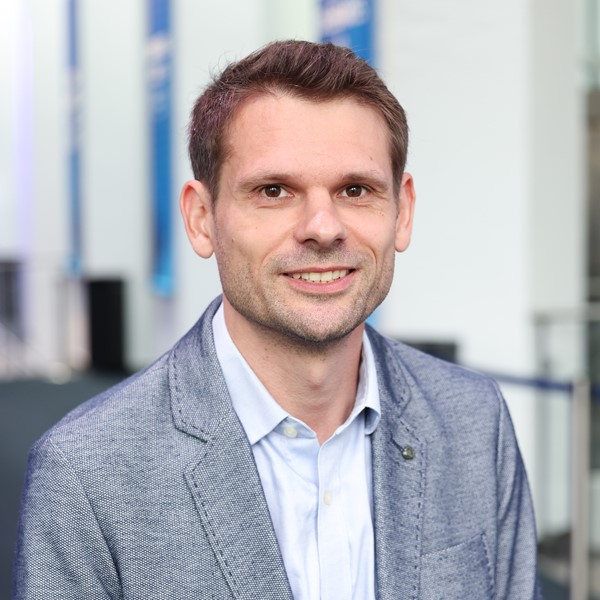
Alexey Tarasov
Munaset, Germany
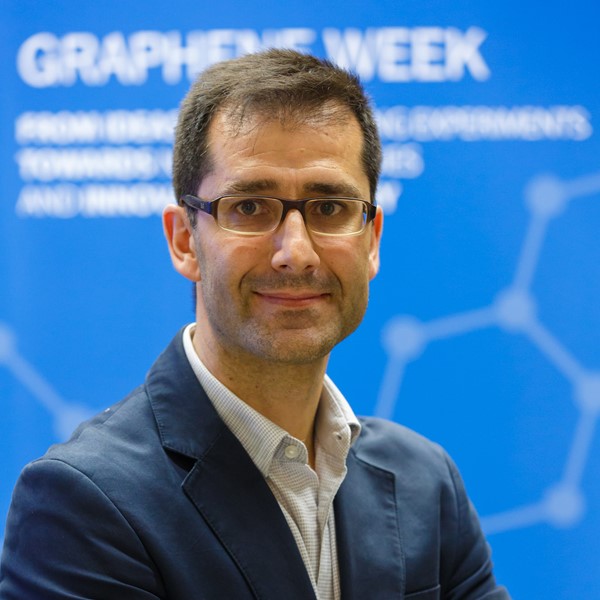
Jose Garrido
ICN2, InBrain, Spain
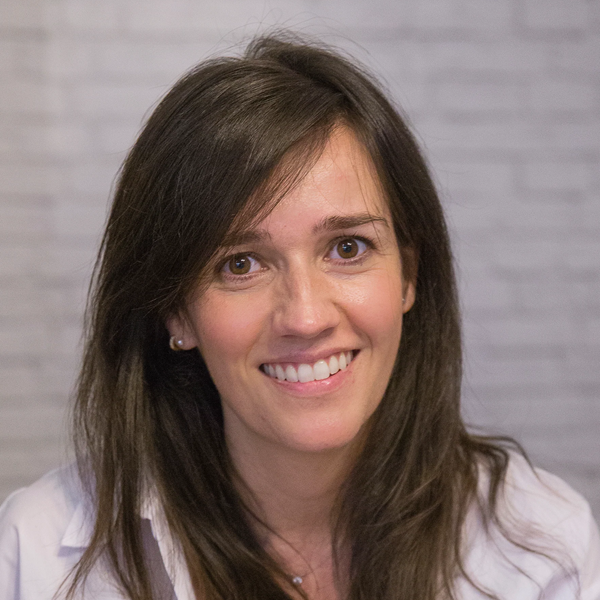
Alba Centeno
Graphenea, Spain
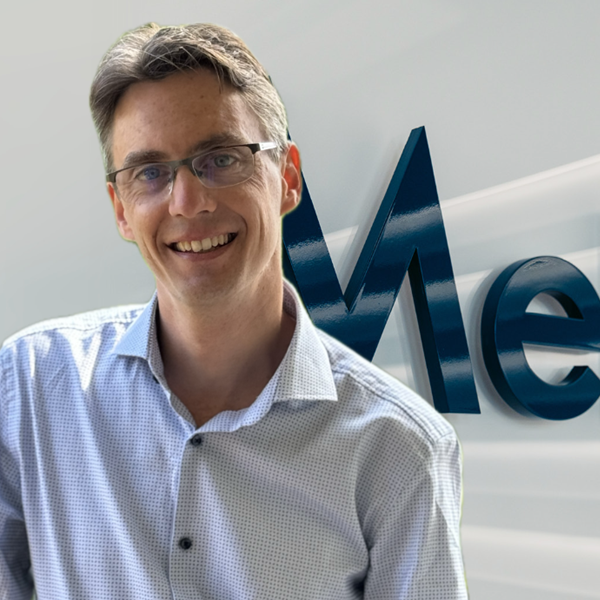
Axel Fanget
Melexis, Switzerland
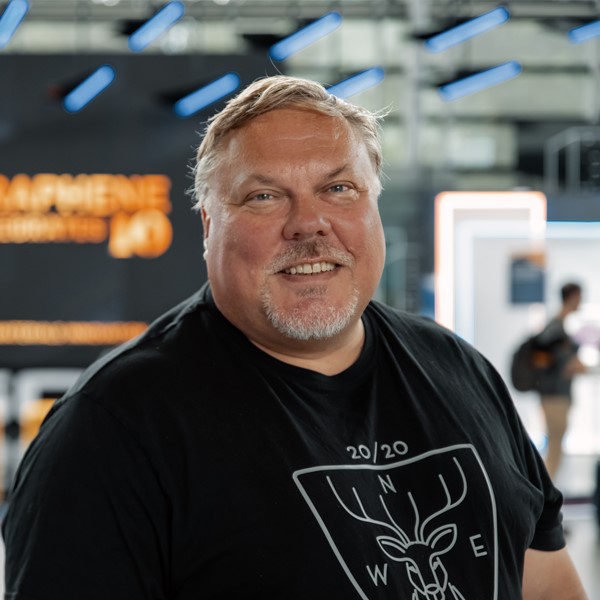
Kari Hjelt
Chalmers Industriteknik, Sweden

Cedric Huyghebaert
Black Semiconductor, Germany

Sanna Arpiainen
Infineon, Germany

Harm Knoops
Oxford Instruments, United Kingdom
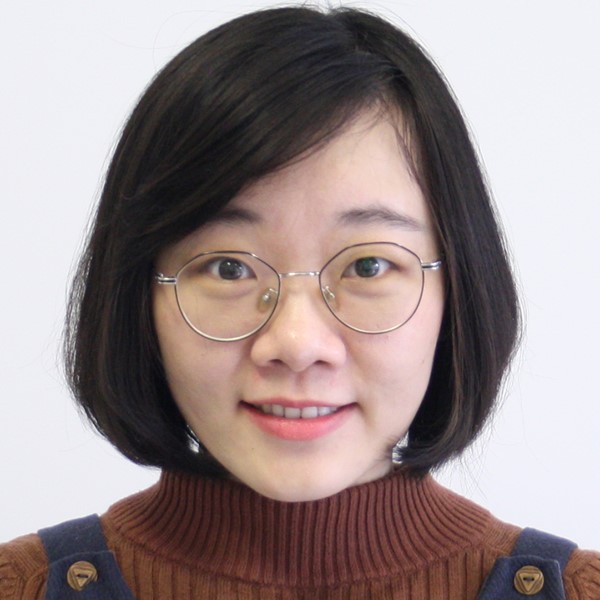
Yujie Guo
Ghent University - IMEC, Belgium

Stephan Suckow
AMO, Germany
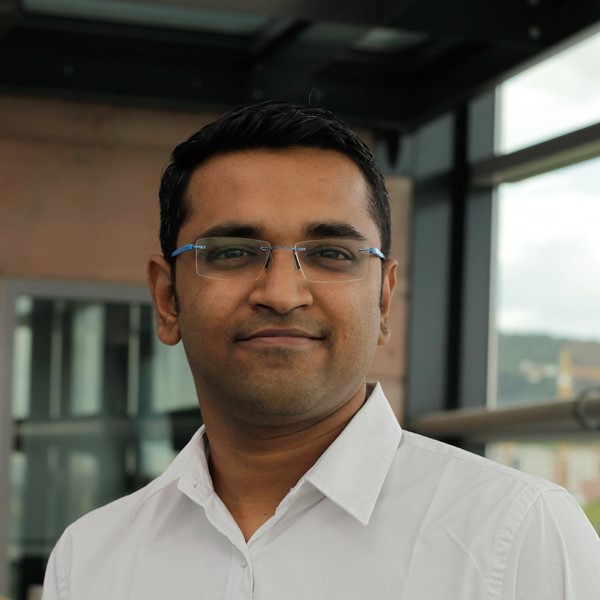
Muralikrishna Sathyamurthy
X-FAB

Thomas Van Vaerenbergh
Hewlett Packard Enterprise, Belgium

